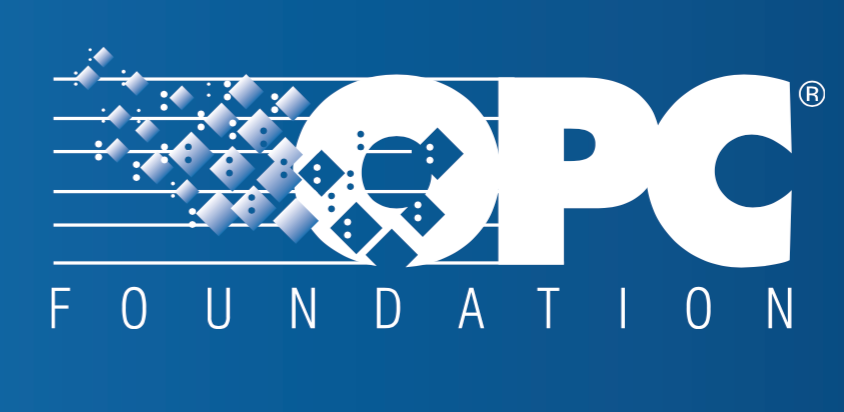Just recently the Open Serialization Communication Standard Group (OPEN-SCS), announced that they will soon introduce their new serialization standard: Packaging Serialization Specification (PSS) 1.0. OPEN-SCS is an amalgamation of different companies in the healthcare sector who are working together to create a standardized format for packaging line serialization.
The OPEN-SCS’ communication for standardized serialization include recommendations for how to best approach Serial Number Provisioning, Serialization Report Transmission, Unused Serial Number Return, Batch & Master Data Repository.
How Will OPEN-SCS Be Structured?
OPEN-SCS uses a layered approach to implementing serialization standards. The advantage of a layered approach is that it confers more flexibility, reliability, and durability to users and designers, and a layered model can be implemented much faster as well.
The International Society of Automation has laid out a four level model in their ISA-95 guidelines. These four levels can be thought of as levels of organization that go from least to most complex, and should be focused on in all proposed solutions.
- Level 1 – Devices: includes conveyors, scanners, printers, vision components and scales
- Level 2 – Line: covers line production at a single production or packaging line at any specific site
- Level 3 – Site: means a single site at a CMO/CPO or corporation
- Level 4 – Enterprise: refers to a corporation in its entirety
PSS 1.0 was created through a joint effort by GS1 Global, OPC Foundation, and the ISPE. It covers four use case examples for regular communication between levels 3 and 4 of the serialization process. This new standard will lay the foundation for PSS 2.0 that will provide guidance about nine use cases between Level 2 and Level 3 of the serialization infrastructure. The goal of the new OPEN-SCS standards is to enable smooth communications between layers in a standardized method.
What Does This Mean for Packaging Lines?
This new serialization standard has implications for the entire pharmaceutical industry around the world. A lack of universally recognized standards for serialization has made communication difficult, even as various serialization deadlines draw ever nearer.
Packaging lines around the world should prepare to switch over to the new standards, as IT equipment and infrastructure must constantly be upgraded. Even if they already have their own serialization equipment, all of these customized models mean that costs are higher. One of the primary objectives of OPEN-SCCS is to make IT connections between systems easy and cheap, but to do this they won’t need to end all the various custom systems around the world.
Open-SCS will effectively let companies and packaging lines with their own solutions hold onto these investments when they acquire sites that utilize a different vendor’s solutions, so long as they have upgraded to the certified OPEN-SCS software. Drug manufacturers will be able to employ a standardized security method for the first time, minimizing the probability of ransomware or malware attacks that can move between systems, even in an environment with systems from different vendors.
Drug manufacturers, contract manufacturers, as well as repackagers should remain vigilant for whenever the OPEN-SCS interface is available as an option they can integrate into their next software updates. The next major updates for L3 and L4 components should come soon, and the updates for L2 and L3 components will happen in the second half of 2018.
Implications for Serial Number Bonding
Serial Number Bonding is a serialization model used by GS1. The way that GS1 categorizes different serialization functions is a problem, as it is often unclear. GS1’s standards often failed to effectively address the needs of those manufacturers who had to rely on implementing their own serialization for their products.
The reason for this is that GS1 breaks down their options into four groups: Identify, Capture, Share and Use. However, they don’t make “bonding” a GS1 identifier to a particular product very easy, which means that Commission events produced by the GS1 model are frequently unreliable. The problems with placing a GS1 identifier onto a particular entity or product mean that the necessary information from the “Use” and “Share” processes, such as supply chain data, that pharmaceutical companies rely on may be incomplete and inadequate.
Standardization is needed to facilitate the easiest possible compliance with the DSCSA and other regulations, but if the standards in question are confusing or hard to follow they won’t achieve their goal of enabling smooth communication and regulatory compliance.
It is hoped that the OPEN-SCS framework will enable GS1 standards to be more easily applied and maintained. Serial numbers and product identifiers relating to GS1 standards will be GS1-conformant, and data will be gathered throughout the process of bonding to ensure corporate databases and EPCIS commission events have all the relevant information. Hopefully the new OPEN-SCS and GS1 standards will mesh easily and assist pharmaceutical companies in placing unique product identifiers on their products, instead of inhibiting them.
About TrackTraceRx Suite
Other solutions on the market today are totally fragmented by only providing one piece of the puzzle. Pharmaceutical companies today are stuck subscribing to multiple services, accessing different companies for support and paying thousands of dollars to integrate different systems. The TrackTraceRx Suite is a game changer by combining the TrackTraceRx Traceability Solution, a ERP, and a Commerce Platform completely integrated out of the box. This eliminates having to deal with multiple support, feature services and integration costs.




